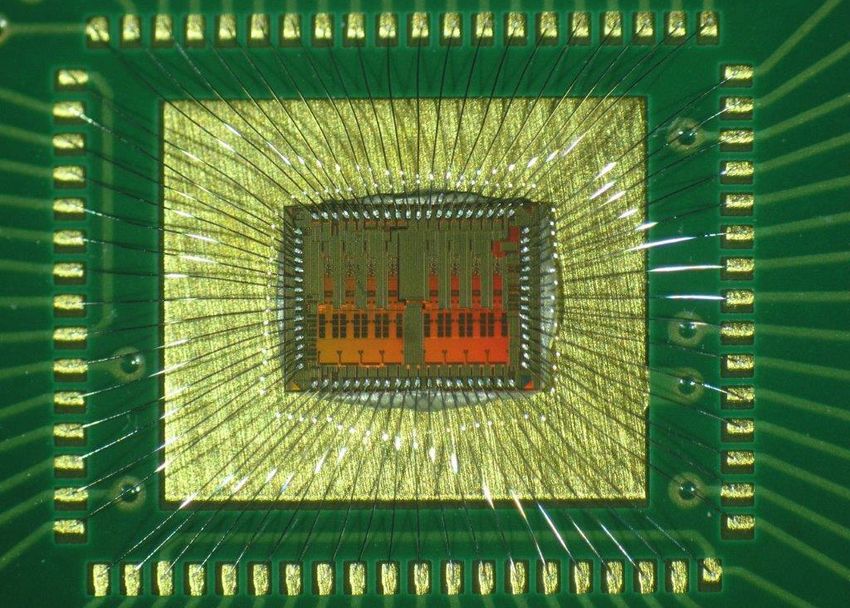The Large Hadron Collider (LHC) at CERN will be upgraded to ten times higher beam intensity by the year 2025, the high-luminosity Phase-II of the LHC, called HL-LHC. It which will lead to a further increase of the discovery potential for new particles and much higher accuracy in the measurement of properties of known particles like the Higgs-Boson . For the detector, this requires a complete renewal of the readout electronics of the Muon Spectrometer because of the much higher particle rates, which have to be recorded.
The Large Hadron Collider (LHC) at CERN will be upgraded to ten times higher beam intensity by the year 2025, the high-luminosity Phase-II of the LHC, called HL-LHC. It which will lead to a further increase of the discovery potential for new particles and much higher accuracy in the measurement of properties of known particles like the Higgs-Boson . For the detector, this requires a complete renewal of the readout electronics of the Muon Spectrometer because of the much higher particle rates, which have to be recorded.
The Large Hadron Collider (LHC) at CERN will be upgraded to ten times higher beam intensity by the year 2025, the high-luminosity Phase-II of the LHC, called HL-LHC. It which will lead to a further increase of the discovery potential for new particles and much higher accuracy in the measurement of properties of known particles like the Higgs-Boson . For the detector, this requires a complete renewal of the readout electronics of the Muon Spectrometer because of the much higher particle rates, which have to be recorded.
